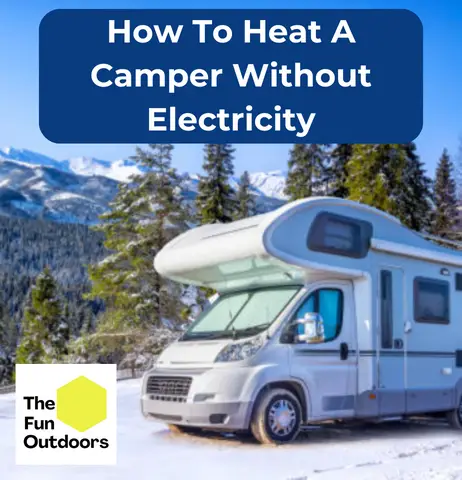If you’re camping in cooler weather and don’t have access to electricity, it can make for a chilly night in your camper! Knowing how to heat a camper without electricity involves a little preparation and know-how, all of which we cover in this guide.
10 Ways How To Heat A Camper Without Electricity
When you’re camping in the winter, it can be a challenge to stay warm without using electricity. Fortunately, there are several ways to heat your camper without electricity. Here are ten options to consider:
Use Your RV’s Built-In Propane Furnace
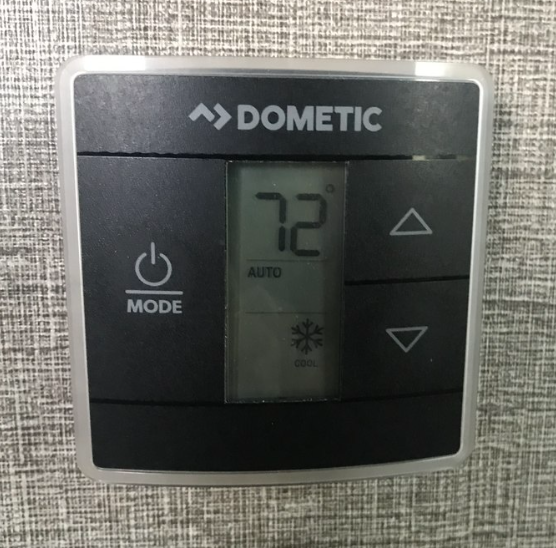
If your camper has a built-in propane furnace, this is the easiest way to heat it without electricity. The furnace runs on propane, which is stored in a tank on your camper. The furnace may use a small amount of electricity to power the fan, but it’s still an effective way to stay warm.
Use A Propane Space Heater To Warm Up Your Travel Trailer
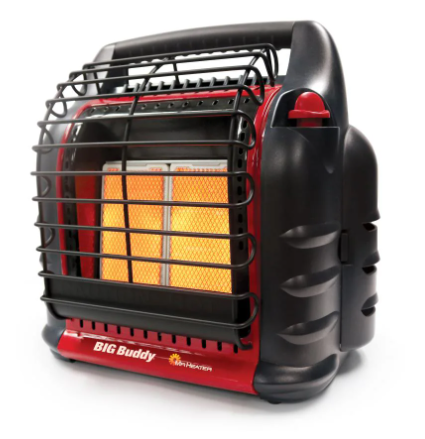
If your camper doesn’t have a built-in furnace or you want to supplement it, a space heater can be a good option. Look for a heater that runs on propane or another fuel source that doesn’t require electricity. Be sure to follow all safety precautions when using a space heater.
See Related: Are Propane Heaters Safe In A Tent?
Use Your RV’s Vehicle Heater
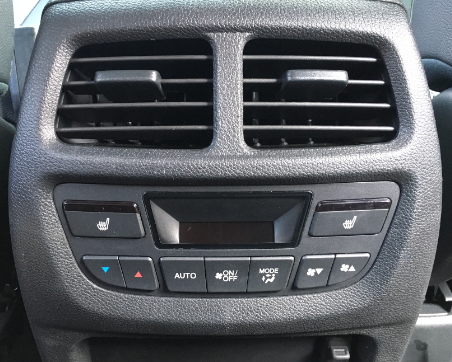
If you’re driving your camper and have a vehicle heater, you can use it to warm up your camper. Simply turn on the heater and let it run for a few minutes before turning it off. This will warm up the air inside your camper without using any electricity.
Improve Your Camper’s Insulation and Sealing
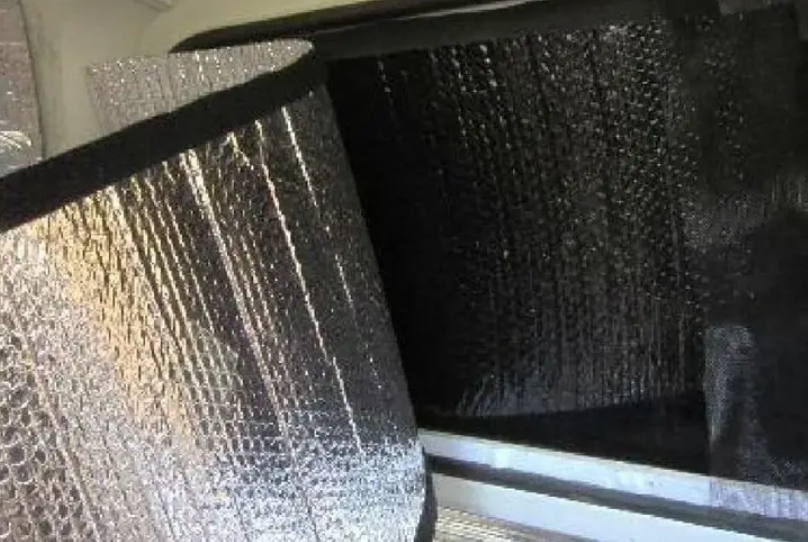
One of the best ways to stay warm in your camper is to make sure it’s well-insulated and sealed. Check for any drafts or gaps around windows, doors, and vents. You can use weatherstripping or caulking to seal these areas and keep the cold air out.
See Related: How To Insulate RV Windows
Use Candles (Safely)
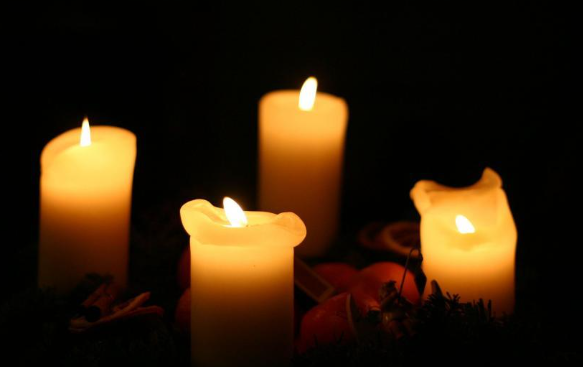
Candles can be a good source of heat, but they can also be dangerous if not used safely. Use only candles that are designed for indoor use and never leave them unattended. Place them in a safe location away from anything that could catch fire.
Upgrade To Warmer Bedding For Cozier Sleep
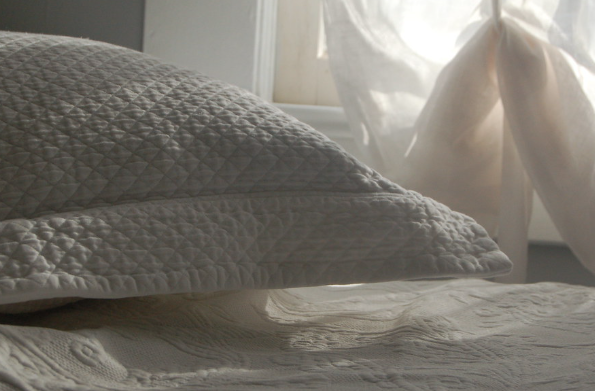
A warm bed can make all the difference on a cold night. Consider upgrading to a warmer comforter or adding extra blankets to your bed. You can also use flannel sheets or a heated mattress pad to stay warm.
Hot Water Bottles To The Rescue
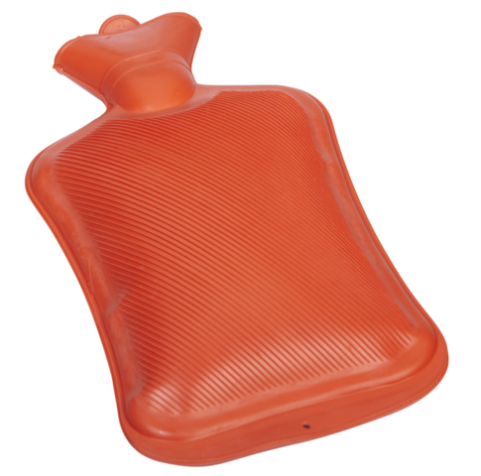
Hot water bottles are a simple and effective way to stay warm. Fill a bottle with hot water and place it in your bed or on your lap. You can also use it to warm up your hands or feet.
Use Hand Warmers In A Pinch
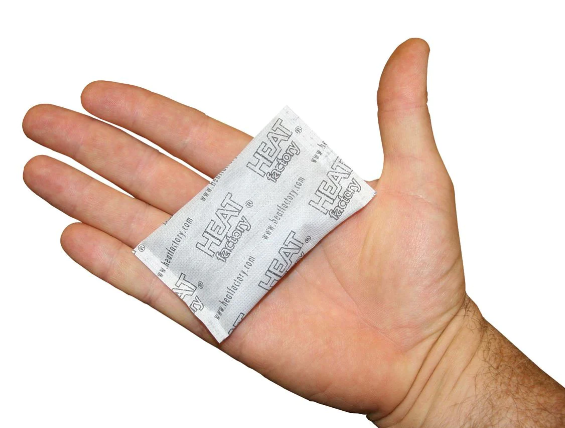
Hand warmers are small packets that generate heat when activated. They’re great for keeping your hands warm when you’re outside, but they can also be used inside your camper. Place them in your pockets or gloves to stay warm.
Use A Wood Stove
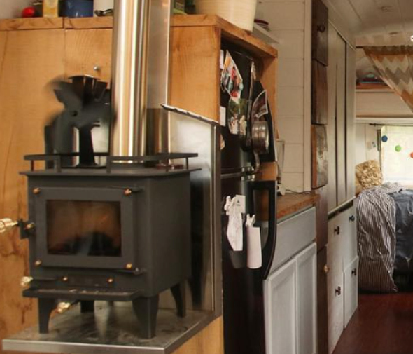
If you’re camping in an area or a camper where it’s safe to have a fire, a wood stove can be a good option for heating your camper. You’ll need to bring your own firewood and make sure the stove is properly installed and ventilated.
Use RV Skirting For Long-term Winter Camping
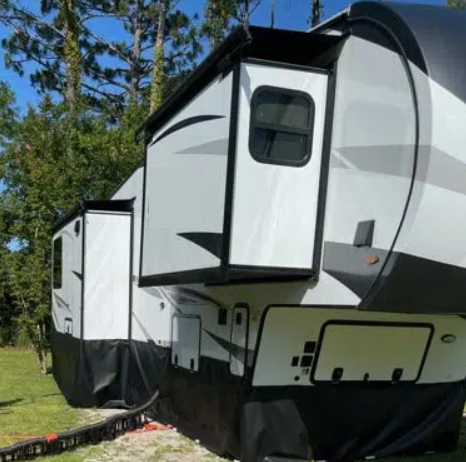
If you’re planning to camp in the winter for an extended period of time, consider using RV skirting. This is a material that attaches to the bottom of your camper and helps insulate it from the cold. It can be a bit of an investment, but it can make a big difference in staying warm.
These are just a few of the ways you can heat your camper without electricity. Remember to always follow safety precautions and use common sense when heating your camper. With a little creativity and preparation, you can stay warm and comfortable on even the coldest winter nights.
Park In A Sheltered Area
When parking your camper for the night, try to find a sheltered area that has wind breaks such as trees. This will help protect your camper from the wind and keep it warmer.
Layer Up
Dressing in layers is a great way to stay warm during travel. Wear a base layer of moisture-wicking fabric, a middle layer of insulation, and an outer layer of waterproof material. Don’t forget to wear a hat and gloves to keep your extremities warm.
Emergency Situations
In an emergency situation, it’s important to know how to heat your camper without electricity. Here are some tips to help you stay warm and safe:
- Stay Calm: First and foremost, stay calm and assess the situation. Panic can lead to poor decision making and can make the situation worse.
- Use Emergency Heat Sources: If you have an emergency or backup heat source, such as a propane heater or a wood stove, use it. Make sure to follow all safety precautions and keep the area well ventilated.
- Protect Water Lines: In cold weather, water lines can freeze and burst. To prevent this, wrap your water lines with insulation or heat tape. You can also use a pump to keep the water flowing and prevent freezing.
- Keep Your Plumbing Working: In an emergency, it’s important to keep your plumbing working. Make sure you have enough water and that your waste tanks are emptied regularly.
Remember, in an emergency situation, safety should always be your top priority. Stay warm, stay safe, and stay calm.
Safety Precautions
When it comes to heating your camper without electricity, safety should always be your top priority. Here are some important safety guidelines to keep in mind:
- Carbon Monoxide Poisoning: Carbon monoxide (CO) is a colorless, odorless gas that can be deadly if inhaled in high concentrations. Any heating method that involves burning fuel, such as propane or wood, can produce CO. To avoid carbon monoxide poisoning, always make sure your camper is well-ventilated and never use a heating source that is not designed for indoor use. It’s also a good idea to install a carbon monoxide alarm in your camper and test it regularly.
- Flammable Materials: Make sure to keep any flammable materials, such as curtains or bedding, at a safe distance from your heating source. Never use a heater near anything that could catch fire.
- Professional Installation: If you’re not sure how to properly install a heating source, it’s best to seek the help of a professional. Improper installation can lead to serious safety hazards.
- Regular Maintenance: Regularly inspect and maintain your heating source to ensure that it is working properly. Follow the manufacturer’s instructions for maintenance and cleaning.
Understanding Shore Power
When it comes to heating your camper, understanding shore power is essential. Shore power is AC (alternating current) power that comes from the electrical grid through sources such as your house’s outlets or a campground pedestal. This power source is different from 12-volt power, which comes from your batteries and runs things like your lights and possibly your furnace or water heater.
Your RV connects to the pedestal using a power cord and converts the AC power to DC power, which is what your RV uses. The power cord is usually a 30-amp or 50-amp cord, depending on your RV’s electrical needs. Before connecting to shore power, make sure to check the power source’s voltage and amperage to ensure it matches your RV’s requirements.
Shore power is a reliable and convenient source of electricity for your camper. You can use it to power your RV’s heating system, as well as other appliances such as a refrigerator, microwave, or air conditioner. However, it’s important to note that shore power is not always available, especially when you’re camping off-grid.When using shore power, it’s important to be mindful of your energy usage. Using too many appliances or running your heating system for extended periods can quickly drain your batteries and leave you without power. To avoid this, consider using energy-efficient appliances and only running your heating system when necessary.

